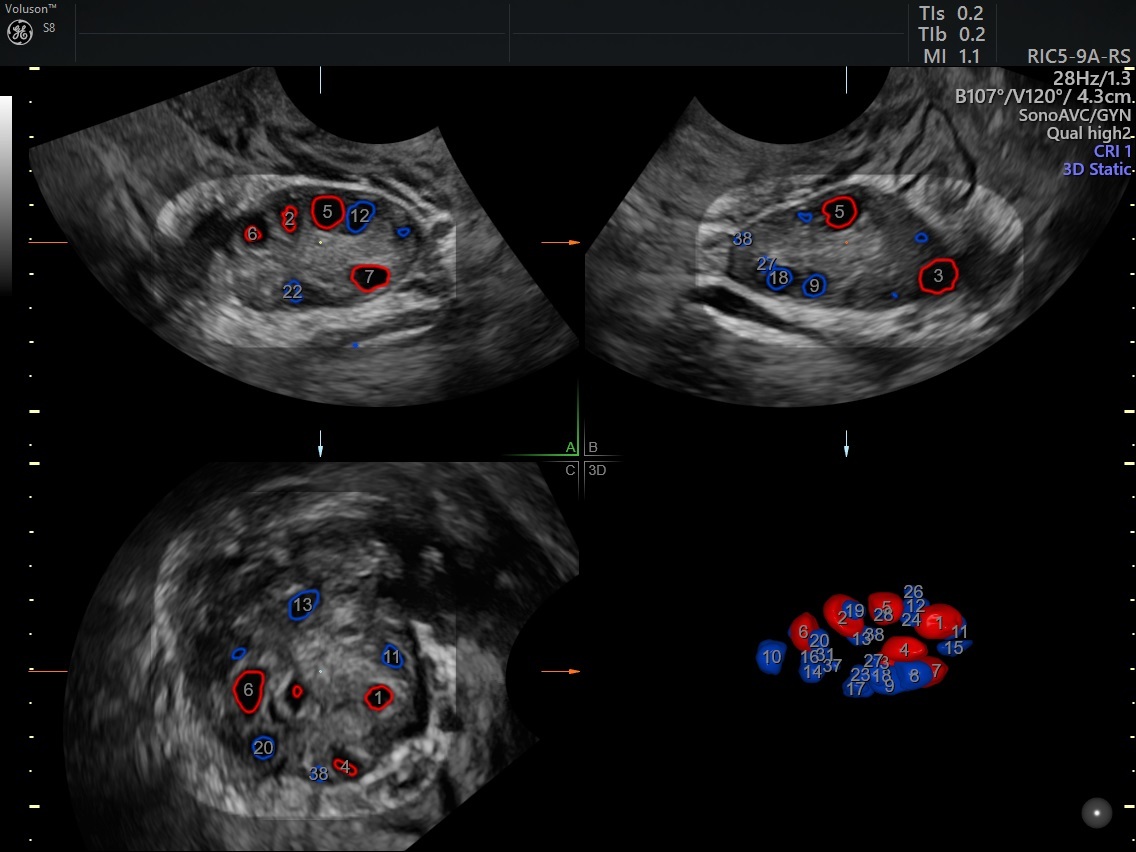Due to limited insurance coverage for in vitro fertilization and other forms of assisted reproductive technology, many patients in the United States lack diagnostic coverage for infertility. Many are exploring at-home pre-pregnancy testing as an alternative to doctors' visits.
Although these tests can be helpful, physicians know that at-home pre-pregnancy tests should be used in conjunction with an office visit and ultrasound exam; some even need to be ordered by a physician. Reproductive specialists and gynecologists should learn how to explain the importance of regular monitoring by a physician for all patients who are looking to become pregnant.
Ovulation Predictor Kits
Ovulation predictor kits (OPKs) range from self-interpreted paper strips to digital tests to wearables. Paper strips and digital tests use a urine sample to detect the patient's luteinizing hormone (LH) surge. Once the test is positive, they can expect to ovulate approximately 36 hours later and should time intercourse or insemination appropriately.
In March 2020, the U.S. Food and Drug Administration approved an at-home urine test that detects the patient's progesterone level, which — used in conjunction with OPKs — can confirm that ovulation has occurred.
Wearable fertility technology measures basal body temperature orally, vaginally or through the skin on the wrist. Using artificial intelligence, wearables claim to be able to improve their predictions of a patient's LH surge and progesterone level increase with every cycle.
These pre-pregnancy tests claim to be extremely accurate. However, they are all subject to human error and can be highly variable and inaccurate for patients whose hormone levels fall outside normal ranges.
If your patient believes they are experiencing an LH surge, encourage them to come into the office for hormonal blood work and an ultrasound exam. Explain that the most accurate way to predict pending ovulation, and to properly time intercourse or insemination, is a combination of analyzing LH, estradiol and progesterone levels as well as visualizing and measuring follicles via an ultrasound exam.
Initial Fertility Workup Tests
Patient understanding varies when it comes to the specific hormones tested in a typical initial fertility workup. As more at-home tests enter the market that measure LH, anti-Müllerian hormone, follicle-stimulating hormone, estradiol, thyroid-stimulating hormone, free thyroxine, prolactin and testosterone, they might see no reason to consult a physician first. Some product websites even compare their cost to that of a fertility clinic and ensure their results are physician-reviewed.
Notably, pre-pregnancy tests are not limited just to female patients. More at-home semen analysis tools enter the market each year, providing additional privacy for male patients.
Like OPKs, at-home fertility workups should be a starting point early on while trying to conceive rather than a final decision-maker. Many are not thoroughly tested or evidence-based. Results may falsely reassure or falsely panic patients.
For example, ovarian reserve is assessed using a combination of hormone levels and an antral follicle count via an ultrasound exam. Even if the at-home hormone testing is accurate, it might not provide a complete picture.

Ultrasound image showing antral follicles using Voluson™ SonoAVC™antral.
Diagnostic and Genetic Tests
At-home DNA analysis has been popular among the general population for years. Now, DNA testing kits are also being marketed to patients who are questioning their fertility.
From whole-genome sequencing to food sensitivity testing to genetic risk factor analysis, at-home testing appears to offer all the decision-making information patients need. But, like the other tests, patients may receive only partial — and potentially misleading — details about their fertility.
Additionally, explain that all testing conducted by a reproductive endocrinologist comes with complete information, physician interpretation and genetic counselling if desired.
Reproductive specialists should make an effort to educate patients about the fact and fiction surrounding pre-pregnancy at-home testing. This will empower patients early in their fertility journeys to make the best decisions for themselves and their families.


